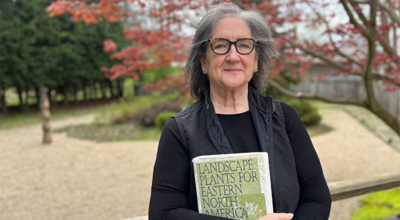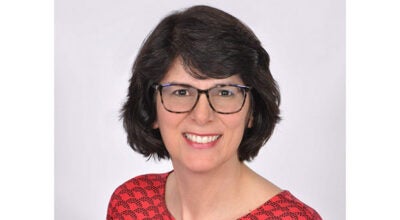11th Street overview given
Published 9:19 pm Monday, July 23, 2012
Technology lets partners “see” how the 11th Street Corridor could look.
Harry Burkholder of the Land Information Access Association (LIAA) in Traverse City outlined long-term improvements planned for the business strip from Niles through Niles Charter Township to the Indiana state line at Monday night’s city council meeting.
The vision includes sidewalks, medians, new streetlights, banners, uniform signage and an improved sign welcoming drivers to Michigan.
Burkholder said the hope is to improve “aesthetics and walkability” of the district, which he demonstrated using technology that simply required a click and virtually added such elements to the plan.
The rule of thumb is a tree for every seven parking spaces, smaller, less distracting signs (Burkholder favors eliminating digital signs) and connecting parking lots so they can be accessed from other streets.
Traffic volume is 17,700 vehicles a day in the city, 18,300 in the township north of U.S. 12 and 22,400 south of U.S. 12.
The ongoing project is spearheaded by the city of Niles, the township and Southwestern Michigan Economic Growth Alliance in partnership with LIAA, a 19-year-old, nonprofit community service organization, which has undertaken 31 projects in eight years.
“It sounds to me like this is a great opportunity for the township and city to work together,” Councilman William Weimer said. “Implementation of this plan would give uniformity to the community.”
“They formed a committee with equal representation of the township and city,” said Shelley Klug, director of the Southwestern Michigan Economic Growth Alliance, “to schedule some meetings to compare the two zoning ordinances, looking for things they already have exactly the same. In conjunction, we’ve been working with NATS, the Niles Area Transportation Study. We’ve brought this project to their attention. Once we have a handle on zoning, we have to look at how we might fund a nice project. Along with all of this, periodically we’ll bring our business owners and community in for visioning so they don’t feel like this is something being handed to them. No one is coming along to change what exists. Whatever they have now, they can have. We don’t want to chase anyone away, but to present a prosperous community with places to put businesses that will succeed.”
Klug said the 11th Street Corridor would be compatible with the river trail. Michigan City has done a good job of creating something to which visitors want to return, she said.
“I wouldn’t even want to give an estimate of how long it will take to see complete transformation of the corridor,” Burkholder said. “It’s about making small steps, working in phases, being aggressive in zoning and working with MDOT, which has been at the table. There are ways to create a joint corridor improvement authority, which has the capacity to raise funds like a DDA.”
Burkholder’s presentation sorted the strip into five segments: north boundary to Superior, just before Silverbrook Cemetery; Superior to Marion; Marion to Fort; Fort to Bell; and Bell to the state line. For more information, visit planfor11thstreet.info.






